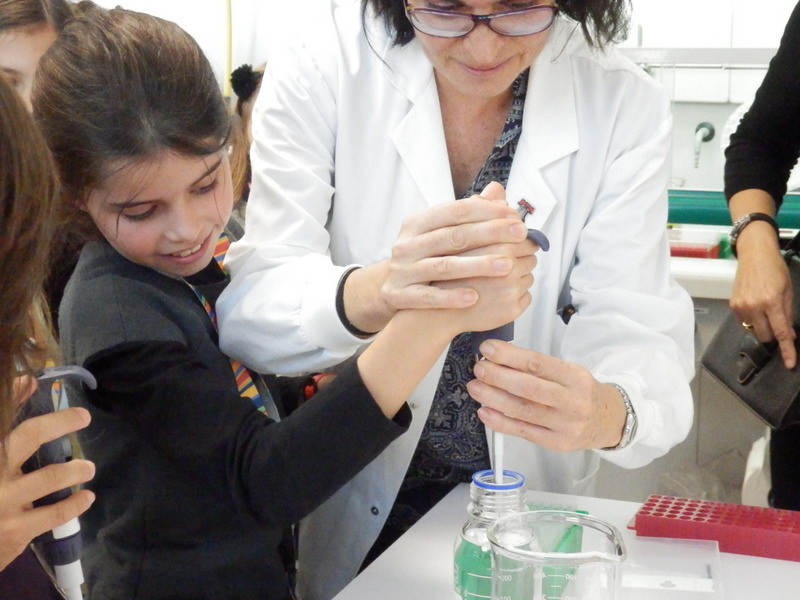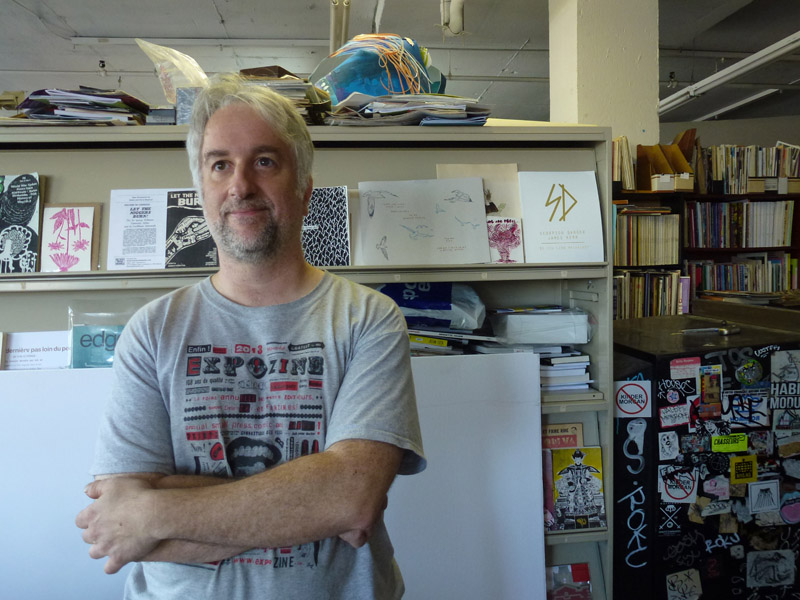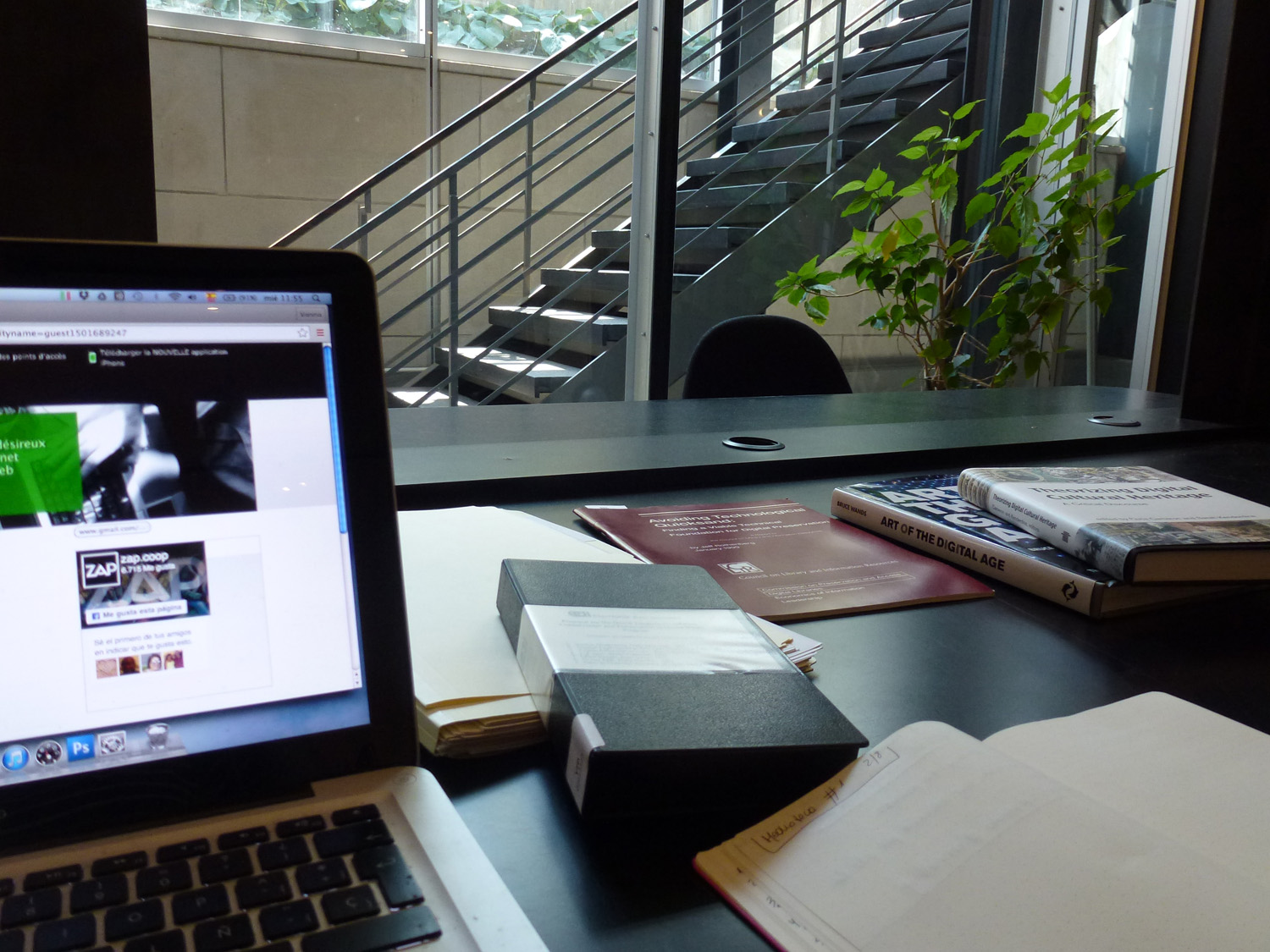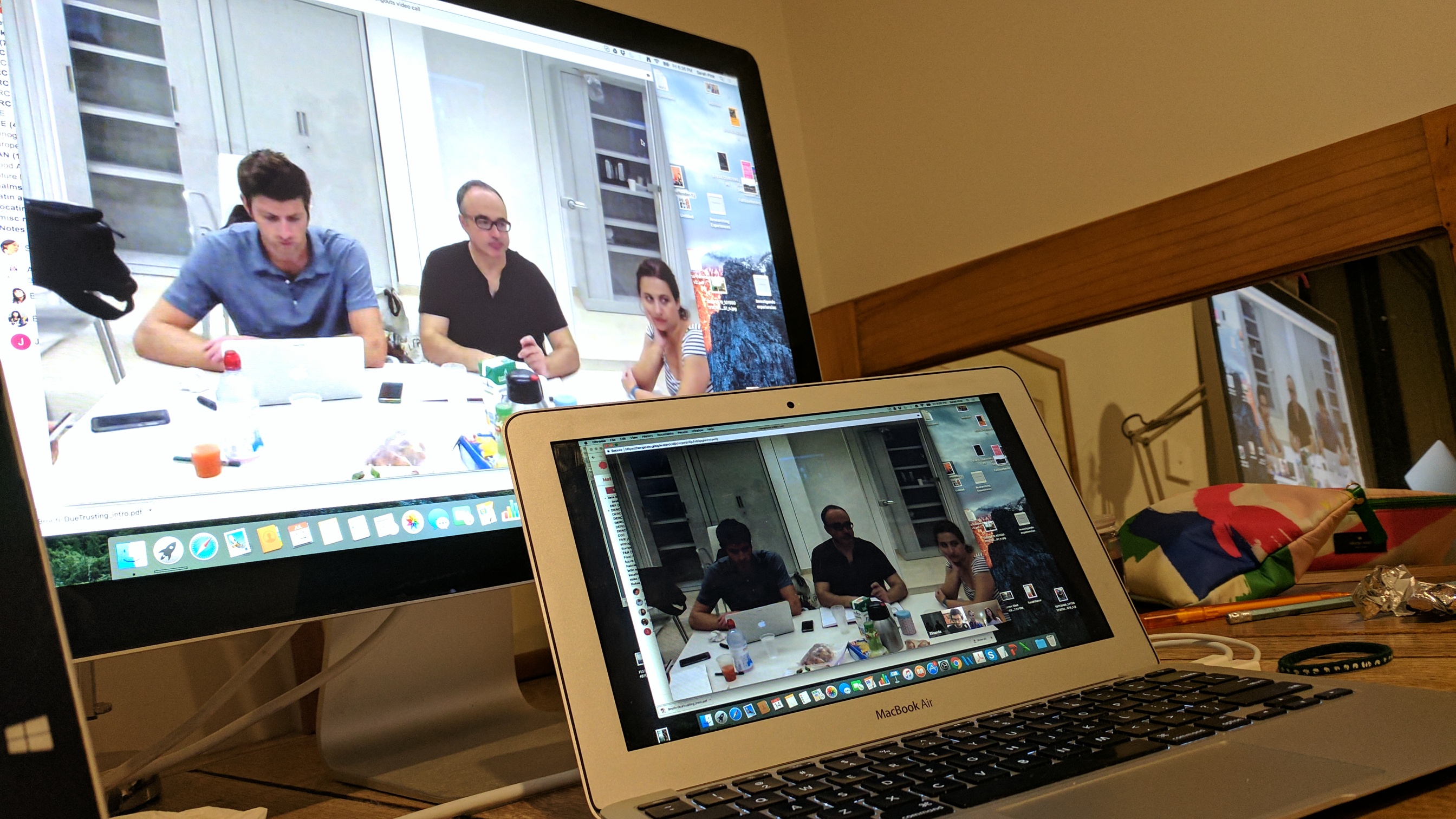The Open Day at the Barcelona Biomedical Research Parc, held on the 1st of October, was a day where the whole research park opens its doors to members of the public. We visited the event to participate in a workshop done by the local Do-it-yourself biology group.

source Twitter
Entering the internal patio of the park, we immediately noted the large amount of families that showed up for the event – sign of the role science has come to have in our modern society. There were children and parents buzzing around the different stands and, of course, the amount of colorful lights and gadgets were partly responsible for this excitement.
These same set of people visiting the Open Day have come to be known in debates around the accountability of science as “the public”. This generous title is by now used in academic articles, policy makers’ flashy reports, as well as on the tables of governments and institutions alike. Its significance came about through decades of development in the understanding of the “crisis of trust in science” and culminated in the post-1990s paradigm of “public engagement with science and technology”. Terminology aside, today we know about this paradigm mainly through phenomena such as “citizen science”, “open science”, “open and user innovation” or “science cafes”.
That said, in my own research, I am interested in the relationship between this paradigm and the history and practices of a particular set of embodied communities – that of “hackerspaces” and “shared machine shops”.
Do-it-yourself Biology emerged as a network of communities whose aim is bridging the field of biology with that idea of “shared machine shops”. As the local Barcelona group mentions in referring to themselves – it is “an association whose main aim is to create an open space where citizens can look for and interact with scientific knowledge outside of the “closed doors” of established institutions”. For participants in this global phenomenon, the path to a fruitful “engagement with citizens” is inevitably paved with opening up licenses and practices to actors outside of traditional biology and biotechnology.
So, here we were – at the community workshop of an extra-institutional framework to public participation with biology, hosted in the largest biological research institution of Catalonia.

We were asking ourselves if this was a case of institutions opening their doors to bottom-up groups, or was it a cooptation of such initiatives for regaining the trust in and accountability of scientific institutions as the PRBB?






